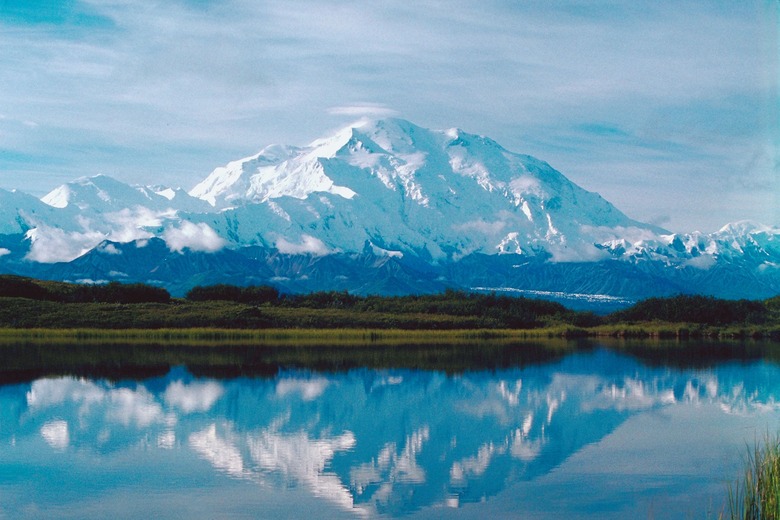The word “tundra” translates to “treeless heights” and means ecosystems that have no trees and cold temperatures. Tundra exists in Alaska’s northern and western coasts.
Climate
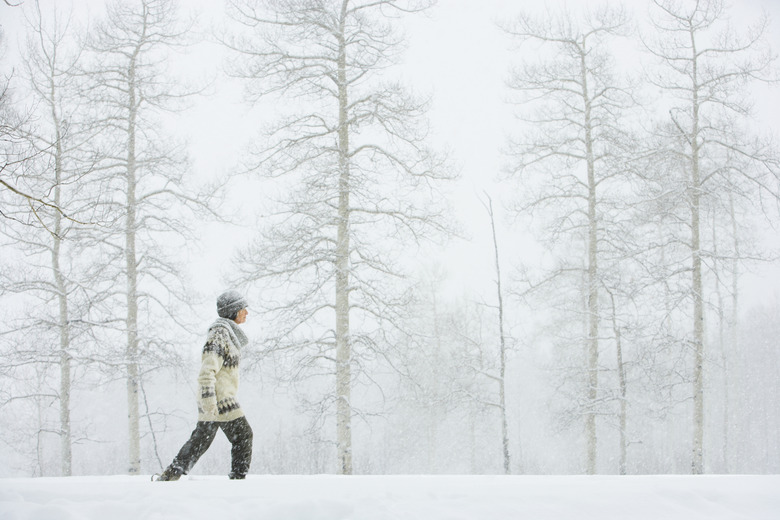
The Alaskan tundra boasts an average annual temperature colder than five degrees Fahrenheit and receives less than four inches of precipitation a year.
Plants
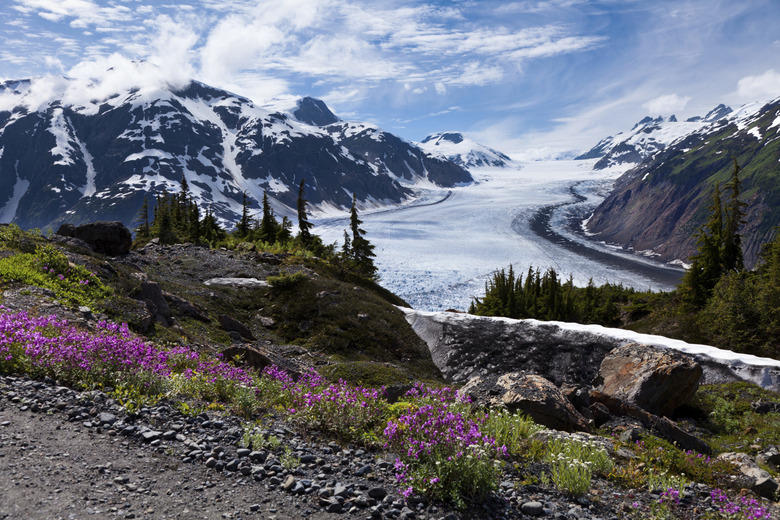
Plants survive the harsh conditions of the tundra by going dormant through winter, growing protective coatings, or retaining old leaves for nutrition. Some plants found in the Alaskan tundra include the arctic dryad, arctic poppy, wooly lousewort, Labrador tea, and arctic birch.
Animals
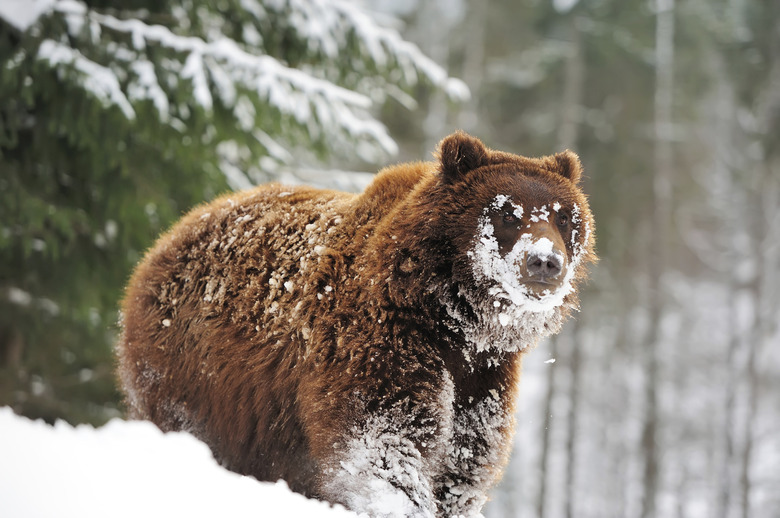
Animals have adapted to the Alaskan tundra by developing warm winter coats, compact bodies to preserve heat, and camouflage for different seasons. Some animals found on the Alaskan tundra include caribou, arctic fox, arctic hare, arctic ground squirrel, and arctic grizzly bear.
Features
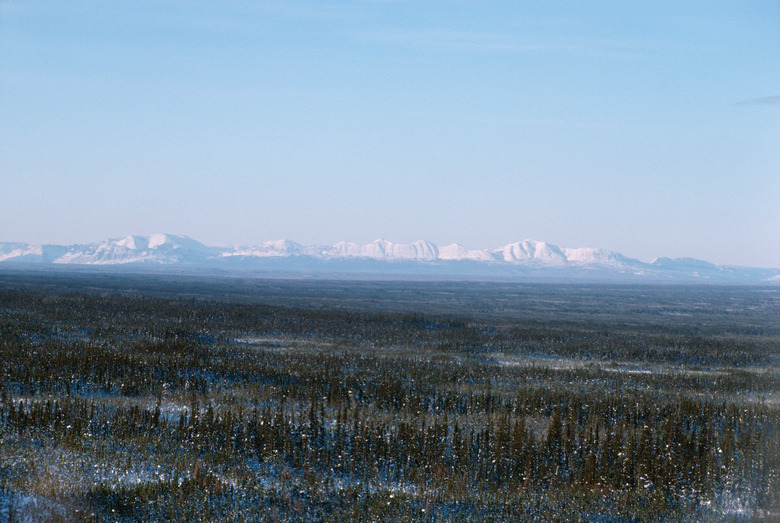
Alaskan tundra does not have any trees. It is also very windy and has dramatic seasonal changes, including drastic changes in daylight hours throughout the year.
Threats

Alaska’s tundra is threatened by airborne pollutants, oil and gas development, and global warming.

